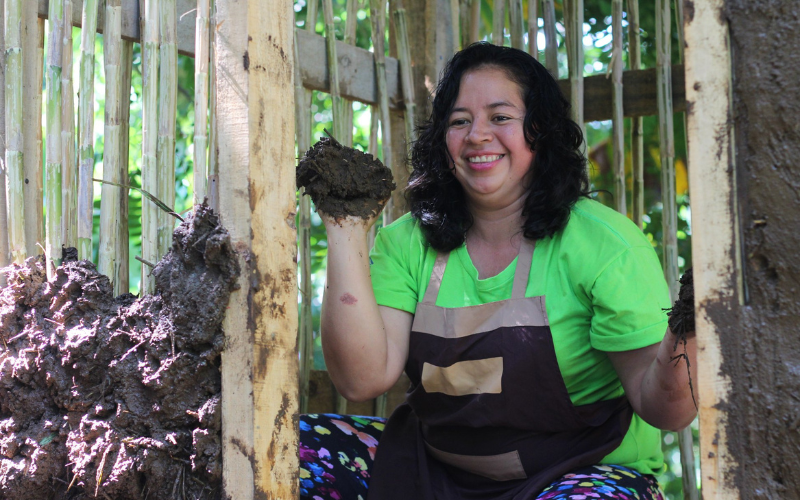The Core Shelter Housing Project involves the provision of environmentally friendly, structurally strong shelter units that can withstand a range of hazards such as typhoons, flooding and mild earthquakes using locally available construction materials. The project not only involves shelter provision but also includes capacity building and organisation of residents into Neighbourhood Associations for Shelter Assistance. The Philippines’ local government units provide counterpart such as but no limited to land and project site development, technical manpower such as foremen, construction equipment/tools, food for work, among others. The project is an excellent example of how an innovative design, efficient organisation and quality control can successfully, and at low-cost, mitigates the effect of typhoons. The project benefits the low-income families whose dwelling units and livelihoods are adversely affected by typhoons. As of this date, 41,059 core shelter units had been constructed entailing funding support of PHP 441,476,569 (US$7,950,000) since 1988.




